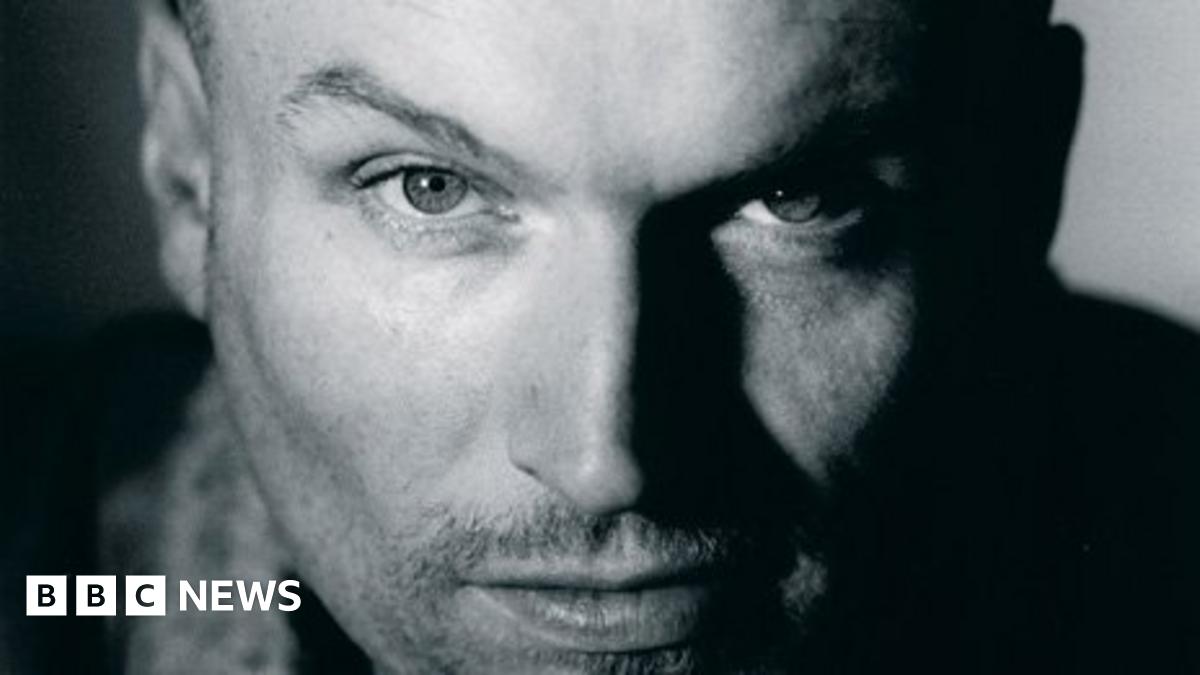Recipe: A Nice Rear-Foot Seniors Topspin Serve
The key image may be a low ceiling which you push up against with your hand to help you bend your back knee.
You (I) got the arm completely bent together on the toss. That's early enough to be bizarre.
I (you) now do the imaginary ceiling trick which means you toss with your hitting arm to half-extension as you coil your back leg.
Now you fire your hips and bend the upper body slightly over to the left to get it out of the way (rapidly sequential) as your arm finally twists out and up but mostly up.
Left leg can gently extend with left foot becoming flat and stable on the court. Right leg (or rear leg, having done its thing) can kick slightly out to right.
The followthrough is on the left side. The topspin is quite pure, it seems to me.
Intersperse this serve with hard slice by not bending arm quite so much on the toss and use a fuller, faster, longer hips pivot with left leg becoming airborne and kicking back.
The topspin serve described here is the only serve I've ever hit from concept with no development or practice yet used it to help win all my service games (with good if elderly doubles partners in the equation).
The key image may be a low ceiling which you push up against with your hand to help you bend your back knee.
You (I) got the arm completely bent together on the toss. That's early enough to be bizarre.
I (you) now do the imaginary ceiling trick which means you toss with your hitting arm to half-extension as you coil your back leg.
Now you fire your hips and bend the upper body slightly over to the left to get it out of the way (rapidly sequential) as your arm finally twists out and up but mostly up.
Left leg can gently extend with left foot becoming flat and stable on the court. Right leg (or rear leg, having done its thing) can kick slightly out to right.
The followthrough is on the left side. The topspin is quite pure, it seems to me.
Intersperse this serve with hard slice by not bending arm quite so much on the toss and use a fuller, faster, longer hips pivot with left leg becoming airborne and kicking back.
The topspin serve described here is the only serve I've ever hit from concept with no development or practice yet used it to help win all my service games (with good if elderly doubles partners in the equation).




Comment